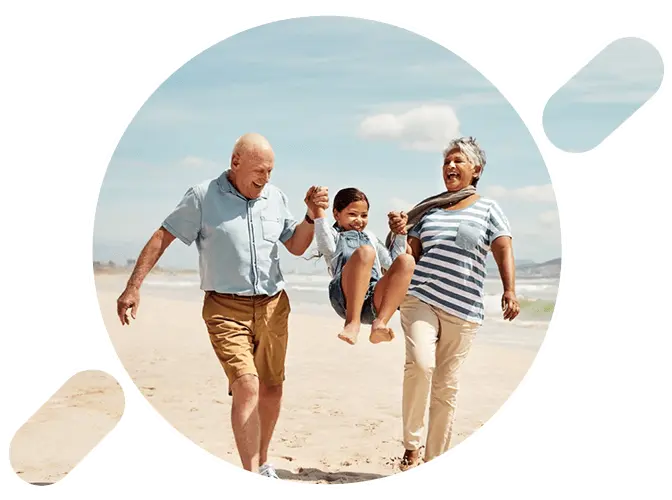Real Stories of Retirement Success with Retirewise
Real strategies. Real results. Retirewise helps Australians grow super, cut tax, and unlock pensions for a confident retirement.

Case Study: How Tom & Jill Grew Super 10x and Secured $100K Retirement Income
Offsetting Capital Gains, building up Super
Tom (age 62) earns $120,000 per annum and has $270,000 in super. His wife Jill (age 59) works part-time earning $37,000 per annum and has $63,000 in super. They own their own home and a few years ago they bought an investment property for $440,000 in joint names, currently valued at $700,000. They have $330,000 in savings and a loan against the investment property of $295,000.
Key Concerns
Strategy Development
Recommendations
Outcomes
Case Study: How Kate Built $78K Retirement Income and Unlocked Age Pension Benefits
Estate Planning, increasing Age Pension entitlement
Kate is aged 67, single and rents in Sydney. She plans to work another year before retiring to an investment property she owns in Queensland. As a medical specialist, she has built up $600,000 in super in a default investment option. She also has around $250,000 in terms deposits outside super.
Key Concerns
Strategy Development
Recommendations
Outcomes
Frequently Asked Questions (FAQs)
We review your current funds, fees, and investment strategy, then create a plan that makes the most of available contribution rules and tax benefits. For many clients, this means consolidating super accounts, making personal deductible contributions, and using spouse contributions or government co-contributions. With the right strategy, superannuation can grow significantly in just a few years leading up to retirement.
Yes. Even if you have savings, investments, or property, you may still qualify for part or full Age Pension benefits. We assess your financial situation and develop strategies that can improve your eligibility. For example, structuring assets in super or using annuities may help you access more entitlements and associated benefits like concessions and healthcare cards.
This decision can have a big impact on your retirement income. We use financial modelling to compare both scenarios—keeping or selling the property—so you can clearly see which option offers the best long-term outcome. This way, you can make your choice with confidence, knowing how it affects your super, tax, and retirement lifestyle.
Yes. Estate planning is an important part of retirement planning. We work with you to minimise the tax payable on your estate, often through strategies such as superannuation re-contributions. This helps reduce the tax burden for non-dependent beneficiaries, so more of your wealth goes to the people you care about.

